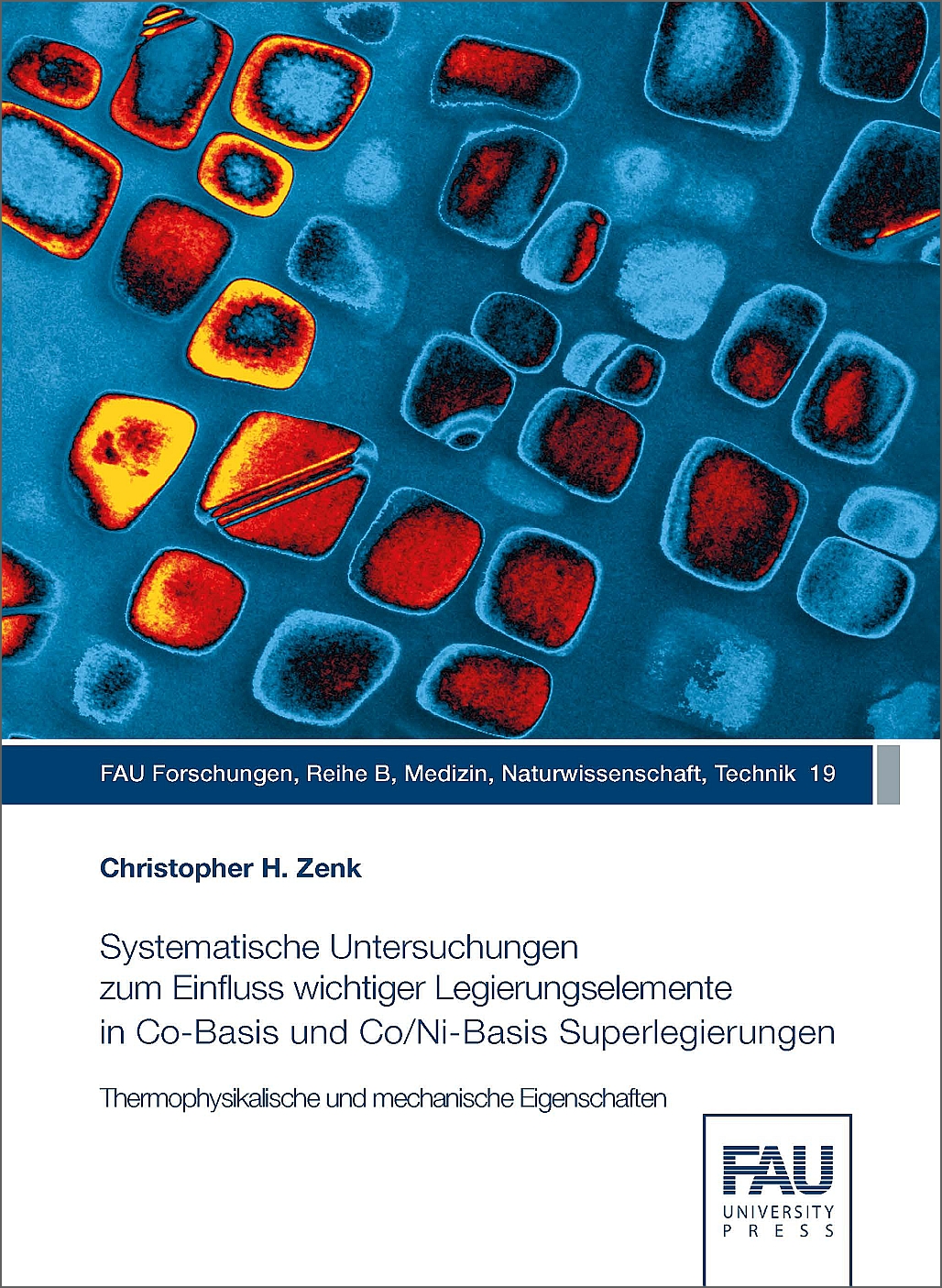Description
First discovered in 2006, γ′-strengthened Co-base superalloys represent a very young class of structure materials. Due to their high melting point relative to the traditional base element Ni, they have the potential to increase the maximum service temperature of modern gas turbines and thus, the potential to improve energy efficiency. To approach commercial maturity, a detailed understanding of the alloying elements’ influence on the structure-property relationships is indispensable.
Using a set of systematic model alloy series, the influence of key alloying elements on Co- and Co/Ni-base superalloys is examined in terms of precipitate fraction, phase stability and phase composition, transformation temperatures, lattice misfit and, ultimately, mechanical properties. One significant result is that Ni- and Co-base alloys can exhibit vastly different thermo-physical and mechanical properties despite having similar base elements and the same structural arrangement.
The results of this work were utilized to inform the development of oxidation-resistant, multi-component Co-base superalloys with improved creep properties. The property profile of these alloys is promising for applications at intermediate temperatures, such as turbine wheels for stationary gas turbines and disks used in aircraft engines.


Reviews
There are no reviews yet.